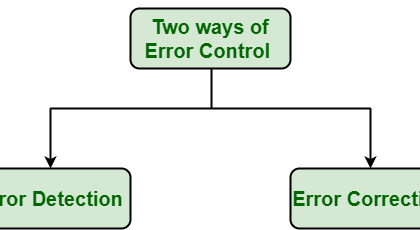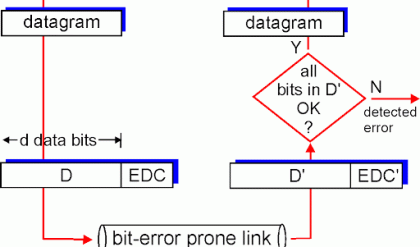A variable is a quantity whose value changes.
A discrete variable is a variable whose value is obtained by counting.
Examples: number of students present
number of red marbles in a jar
number of heads when flipping three coins
students’ grade level
A continuous variable is a variable whose value is obtained by measuring.
Examples: height of students in class
weight of students in class
time it takes to get to school
distance traveled between classes
A random variable is a variable whose value is a numerical outcome of a random phenomenon.
▪ A random variable is denoted with a capital letter
▪ The probability distribution of a random variable X tells what the possible values of X are and how probabilities are assigned to those values
▪ A random variable can be discrete or continuous
A discrete random variable X has a countable number of possible values.
Example: Let X represent the sum of two dice.
Then the probability distribution of X is as follows:
| X | 2 | 3 | 4 | 5 | 6 | 7 | 8 | 9 | 10 | 11 | 12 |
| P(X) |
To graph the probability distribution of a discrete random variable, construct a probability histogram.

A continuous random variable X takes all values in a given interval of numbers.
▪ The probability distribution of a continuous random variable is shown by a density curve.
▪ The probability that X is between an interval of numbers is the area under the density curve between the interval endpoints
▪ The probability that a continuous random variable X is exactly equal to a number is zero
Means and Variances of Random Variables:
The mean of a discrete random variable, X, is its weighted average. Each value of X is weighted by its probability.
To find the mean of X, multiply each value of X by its probability, then add all the products.

The mean of a random variable X is called the expected value of X.
Law of Large Numbers:
As the number of observations increases, the mean of the observed values, ![]() , approaches the mean of the population,
, approaches the mean of the population, ![]() .
.
The more variation in the outcomes, the more trials are needed to ensure that ![]() is close to
is close to ![]() .
.
Rules for Means:
If X is a random variable and a and b are fixed numbers, then

If X and Y are random variables, then

Example:
Suppose the equation Y = 20 + 100X converts a PSAT math score, X, into an SAT math score, Y. Suppose the average PSAT math score is 48. What is the average SAT math score?

Example:
Let  represent the average SAT math score.
represent the average SAT math score.
Let  represent the average SAT verbal score.
represent the average SAT verbal score.
 represents the average combined SAT score. Then
represents the average combined SAT score. Then  is the average combined total SAT score.
is the average combined total SAT score.
The Variance of a Discrete Random Variable:
If X is a discrete random variable with mean ![]() , then the variance of X is
, then the variance of X is

The standard deviation  is the square root of the variance.
is the square root of the variance.
Rules for Variances:
If X is a random variable and a and b are fixed numbers, then

If X and Y are independent random variables, then






